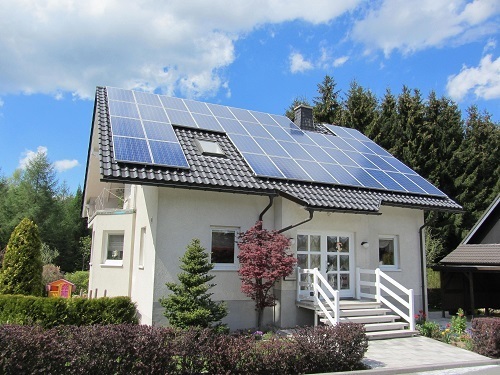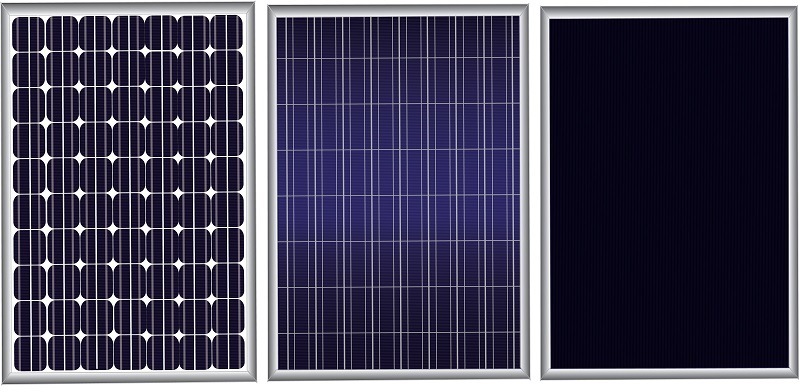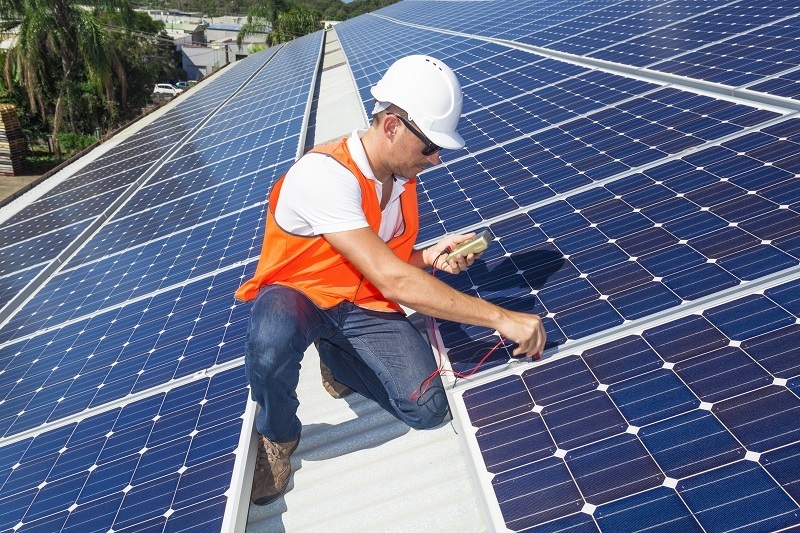Trying to figure which solar panel you will need for a solar power system can be an intimidating process, beginning with trying to understand the realistic amount of power you will receive from your solar panel array.
No homeowner would like to spend money and time on a solar array only to find they aren’t getting the power they believed they were going to have.
How Much Power Can I Get From A 300-Watt Solar Panel?

The amount of electricity generated by a solar panel depends on the size of the panel, the quantity of sunlight the panel receives, and the efficiency of the solar cells within the panel.
Example: if a 300-watt solar panel in full sun actively produces power for one hour, it'll produce 300 watt-hours (0.3kWh) of power. If that same 300-watt panel generates power at 240 volts, the current supplied is 1.25 Amps.
Unfortunately, solar panels do not generate a constant flow of power all day.
They produce less power when the sun is low (mornings and evenings) or if clouds are moving over the rooftop.
Wattages are set based on a panel's peak capacity for producing energy - usually during daylight hours of direct sunlight under ideal weather conditions.
This is called watts peak (Wp).
The best way to ascertain the actual quantity of energy a system or panel will deliver on an average day is to talk to solar energy professionals in your town - or use online tools such as solar energy calculators.
What Factors Impact Solar Panel Energy Output?

Taking note of these elements can help you make smart choices when picking a panel.
The sort of panel you select will impact efficiency.
Monocrystalline, polycrystalline, and thin-film solar panels provide different levels of efficiency.
From cloudy days to overhanging tree branches, tree shade of any sort could wreak havoc with the output of solar panels.
Since all cells are connected, shade on a single cell can influence the others' efficiency.
In the US, all non-tracking solar systems face true south to get the best exposure to the sun. In addition, the pitch / angle of the stand holding your panels should be adjusted to your geo location.
The high temperatures usually found on rooftops can adversely alter the output of a solar panel, too.
The best way to fight that is to select photovoltaic panels created for your climate and to fix a mounting system that raises the panels inches above the roof surface, to allow for air to cool the panels.
Most residential solar panels carry output ratings ranging up to 400 Watts, which makes a solar panel of 300-watt on the higher end of this range power-wise.
So if 300 watts is the solar panel you've got your eye on, then do some in-depth research and speak to your local solar energy specialists - before you buy and enjoy your new solar energy system.


